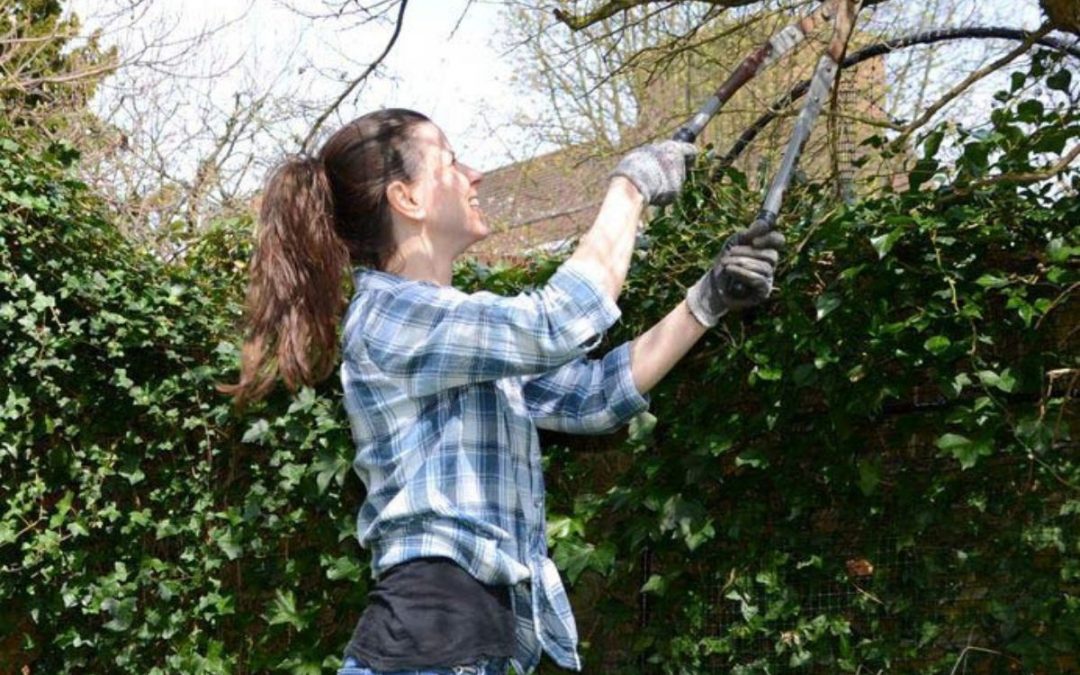Can you cut a neighbor’s overhanging tree?
Whether you love them or hate them, everyone has neighbors. If your neighbor has a garden, you’ve likely experienced the annoyance of their trees overhanging your property. Overhanging trees can be more than aesthetically unpleasant, they can leave debris (such as fruit, branches, or leaves) on your property and can also become hazardous if they are close to your home or vehicle. So, who is responsible for overhanging trees and how do you handle them?
Can you cut or trim overhanging branches?
Yes – you can cut any leaves, branches, or roots that are overhanging the boundary line.
However, to trim branches and trees you first need to have the right permit from your council and ensure that you aren’t performing maintenance on any protected trees. You are also liable if you cause any damage to your neighbor’s tree.
Who is responsible for an overhanging branch?
When it comes to who is responsible for organizing and paying for the arborist and permit to trim the tree, it ultimately depends on the arrangement that you have made with your neighbor.
The usual rule is that a tree owner is not required to maintain their tree unless it’s causing a nuisance or is considered a hazard. However, it can vary depending on your specific local council guidelines and what state or territory you are in.
The best course of action is to first discuss the issue with your neighbor and explain why you’d like the branch or tree to be trimmed or removed before coming to an agreement on who will pay and organize the arborist. You may need to fit the bill of the branch trimming if it is an aesthetic issue as there will be no legal precedent for your neighbor to do so.
While you can try to make your neighbor pay for the trim, disagreements of this nature are rarely worth the time and effort to pursue – especially if things escalate to civil court. In the case of a dispute, it’s best to find out the rules of cutting back overhanging trees via your local council, state, or territory government before lodging your case with the disputes body.
The process of cutting an overhanging tree
After discussing the issue with your neighbor, the next step is to contact an experienced arborist. A trained professional will be able to advise you on whether your tree is protected and if you require a council permit.
Some people may be tempted to try removing the branch themselves, however, if you do try to trim it yourself you may be liable for any damage caused to the tree. An arborist will have the right equipment, experience, and skills to cut the branch safely and efficiently. They’ll also remove the remaining green waste so you won’t have to worry about disposing of the branch, leaves, and any other tree-related waste.
Get in touch with the team at Jim’s Trees and discuss your tree requirements today!


